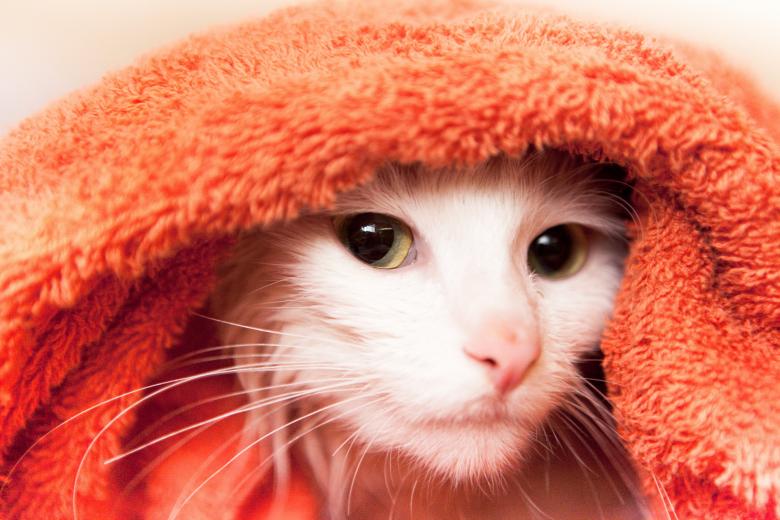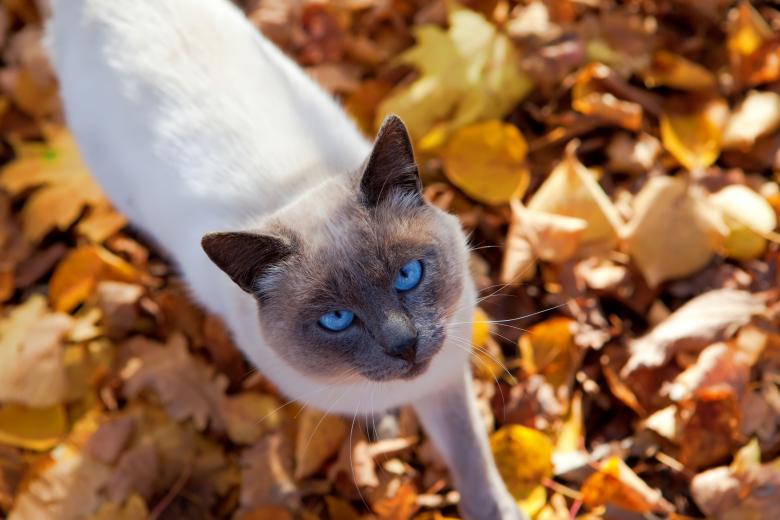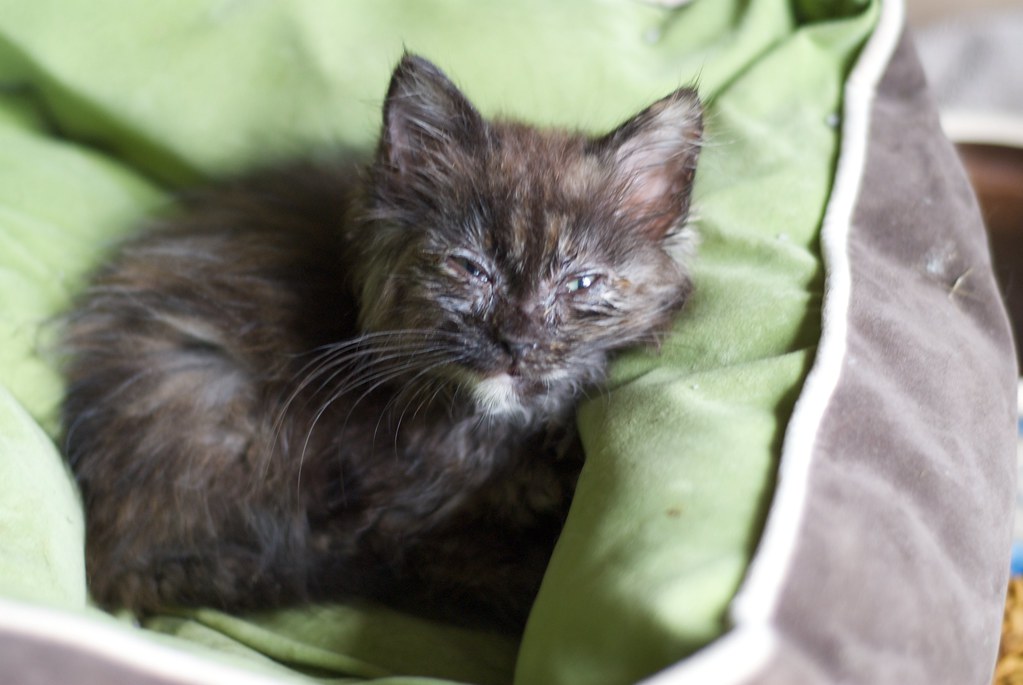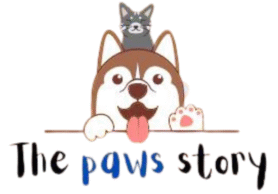The intriguing behavior of Why Cats Lick Plastic, Wool, or Weird Objects is a multifaceted phenomenon that often signals more than just a playful quirk; it can be a tell-tale sign of underlying medical or psychological issues, or even a simple manifestation of deeply ingrained feline instincts. While seemingly odd, this behavior, which ranges from gentle licking to compulsive chewing and even ingestion of non-food items, warrants close observation by cat owners, as its implications can span from harmless sensory exploration to serious health risks requiring veterinary intervention. Understanding the various reasons behind this peculiar habit is crucial for ensuring a cat’s well-being and addressing potential concerns proactively.

One of the primary drivers behind this behavior is sensory exploration and the condition known as pica. Cats are inherently curious creatures, driven by their heightened senses of touch, smell, and hearing. Many non-food items, such as plastic bags, wool blankets, or even electrical cords, offer a unique combination of textures and smells that can be incredibly enticing to a feline. The crinkling sound of a plastic bag, the smooth coolness of a plastic surface, or the soft, yielding texture of wool can provide a satisfying sensory experience. Some cats might be drawn to the faint scent of human pheromones, food residue, or even cleaning products on these objects. This initial curiosity can sometimes escalate into a more compulsive behavior known as pica, a recognized disorder in which animals compulsively eat non-food items. Pica in cats is not just a habit; it’s a condition that can be triggered by a complex interplay of factors, including psychological stressors like anxiety or boredom, underlying nutritional deficiencies, or even various systemic health issues. Within the spectrum of pica, “wool sucking” is a specific and well-documented behavior, particularly prevalent in certain breeds like Siamese and Burmese cats. This behavior often stems from an exaggerated suckling instinct, common in kittens, which can persist or re-emerge in adult cats, especially those who were weaned too early or are experiencing stress. The soft, comforting texture of wool or blankets can mimic a mother’s fur, providing a soothing outlet for this deeply rooted oral fixation.
A significant contributor to Why Cats Lick Plastic, Wool, or Weird Objects is boredom and a profound lack of mental and physical stimulation. Domesticated cats, especially those living exclusively indoors, often do not have enough opportunities to express their natural predatory instincts or engage in enriching activities. Without sufficient mental and physical outlets, an understimulated cat may develop various displacement behaviors as a coping mechanism for their pent-up energy and unfulfilled drives. Licking, chewing, or even attempting to ingest non-food items can become a way for these cats to occupy their time and alleviate the monotony of their environment. Think of it as a feline version of pacing or fidgeting when bored or anxious. The textures and sensory feedback provided by these objects can offer a temporary diversion, becoming an undesirable substitute for interactive play, hunting simulations, or exploratory activities that would naturally engage their keen minds and agile bodies. Addressing this often involves enriching the cat’s environment with interactive toys, puzzle feeders that challenge their problem-solving skills, vertical spaces like cat trees for climbing and observation, and consistent, engaging play sessions with their human companions. Providing ample opportunities for predatory play, where the cat can stalk, chase, pounce, and “kill” a toy, can significantly reduce the likelihood of them turning to inappropriate objects for stimulation.

Beyond behavioral and psychological factors, medical conditions and nutritional deficiencies can also profoundly influence Why Cats Lick Plastic, Wool, or Weird Objects. A cat’s diet, if unbalanced, can lead to various nutritional deficiencies that trigger pica. For instance, a lack of essential fats, certain minerals (like iron or calcium), or specific vitamins (such as B vitamins) can cause a cat to compulsively seek out and ingest non-food items in an attempt to rectify these deficiencies. This is a common, instinctual response seen across many species when faced with dietary imbalances. Therefore, ensuring a cat is on a complete and balanced diet, appropriate for its life stage and health status, is a crucial first step when addressing pica. Moreover, pica can sometimes be a symptom of more serious, underlying medical issues that are not directly related to nutrition. Conditions such as kidney disease, liver disease, diabetes, hyperthyroidism, dental problems, or even gastrointestinal disorders (like inflammatory bowel disease or parasites) can cause a cat to feel unwell, nauseous, or experience abnormal cravings, leading them to lick or eat non-food items. The discomfort or physiological changes associated with these illnesses can manifest in unusual behaviors, including pica, as the cat attempts to self-soothe or obtain relief. Therefore, any sudden onset of this behavior, especially if accompanied by other symptoms, warrants immediate veterinary attention to rule out a medical cause.
Finally, compulsive behaviors driven by anxiety and stress are a significant factor in Why Cats Lick Plastic, Wool, or Weird Objects. Just like humans, cats can develop coping mechanisms when experiencing high levels of stress or anxiety. Changes in routine, introduction of new pets or people, relocation, inter-cat aggression, boredom, or even perceived threats in their environment can trigger stress responses. Licking, chewing, or sucking on non-food items can serve as a self-soothing behavior, a way for the cat to channel their anxiety and discomfort. These behaviors can become compulsive, meaning the cat feels an uncontrollable urge to perform them, even if there’s no apparent external trigger at that moment. The repetitive nature of the action can provide a sense of control or release, temporarily alleviating their internal distress. Identifying and alleviating the source of stress, alongside behavioral modification techniques and, in some cases, veterinary-prescribed anti-anxiety medications or supplements, are vital for managing such compulsive behaviors.
While the behavior of licking or chewing non-food items might initially seem harmless or amusing, it is crucial for owners to be acutely aware of the potential dangers. The most immediate risk is a choking hazard. Small pieces of plastic, threads from wool, or fragments of other ingested objects can become lodged in the cat’s throat, potentially causing immediate asphyxiation. Beyond choking, the ingestion of larger quantities or specific types of materials can lead to severe intestinal blockages. These blockages are life-threatening medical emergencies that often require costly and invasive surgery to correct. Symptoms of an intestinal blockage include persistent vomiting, lethargy, loss of appetite, abdominal pain, and an inability to pass stool.
Furthermore, the ingestion of certain chemicals or bacteria present on various materials can lead to other health problems. Cleaning agents, pesticides, or even just high levels of bacteria from dirty surfaces can cause gastrointestinal upset, poisoning, or systemic infections.

Therefore, if your cat consistently licks, chews, or attempts to eat non-food items, or if you observe any other concerning symptoms such as vomiting, diarrhea, lethargy, decreased appetite, or changes in behavior, it is imperative to consult with a veterinarian promptly. A thorough veterinary examination, including blood tests and potentially imaging (X-rays or ultrasound), can help to rule out any underlying medical conditions or nutritional deficiencies. Once medical causes have been excluded, the veterinarian can work with you to identify potential psychological or environmental triggers and recommend appropriate treatment or management strategies, which might include dietary changes, environmental enrichment, stress reduction techniques, or behavioral modification programs. Understanding Why Cats Lick Plastic, Wool, or Weird Objects is the first critical step toward addressing this complex behavior and ensuring the long-term health and happiness of your feline companion.
